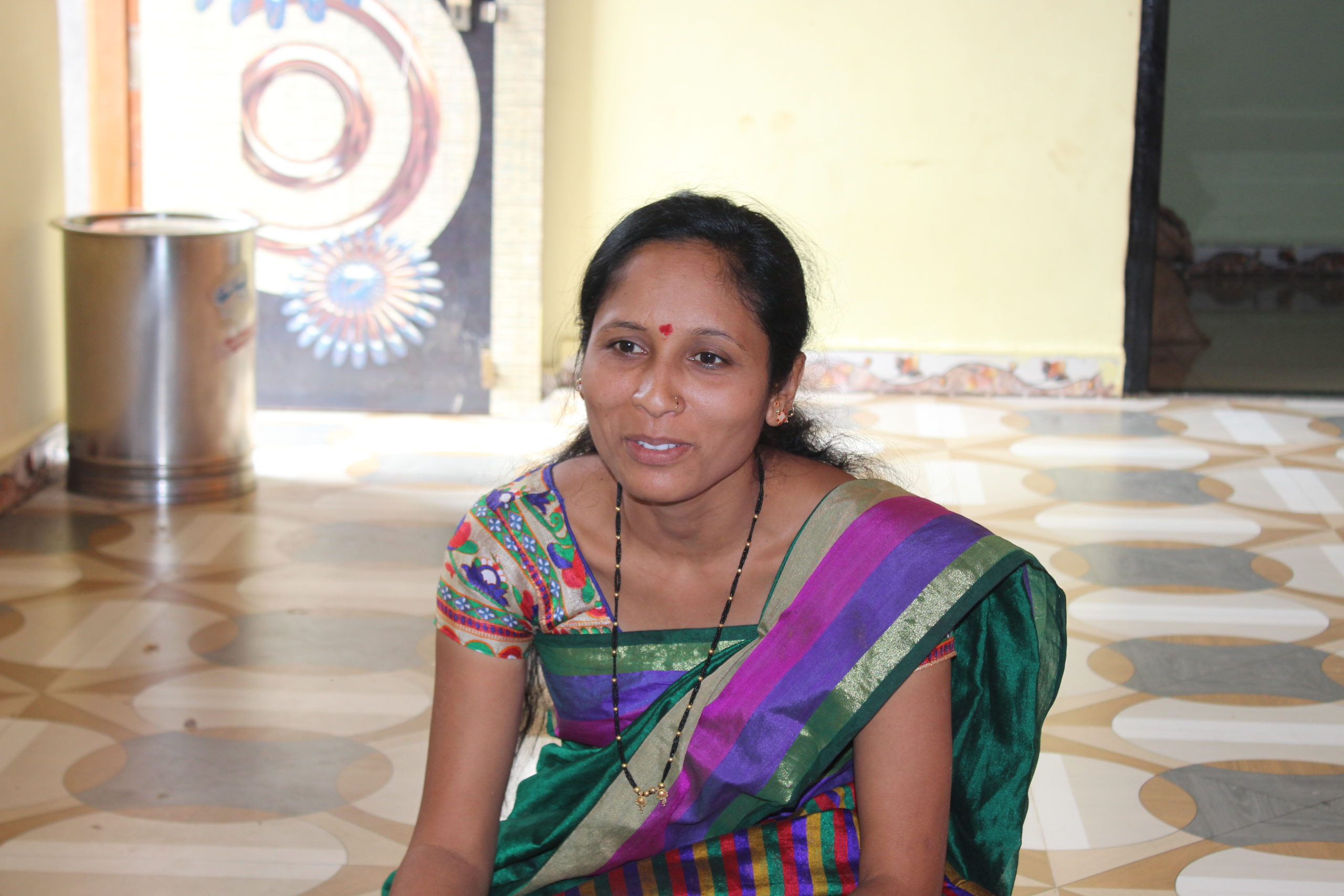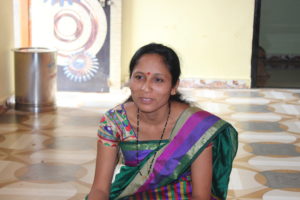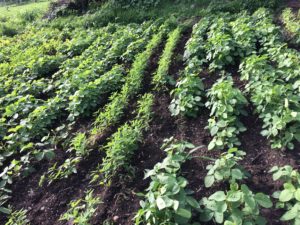Unheard Voices to Decision-makers: Transformed Women Farmers in Osmanabad

“Earlier when my father-in-law used to sell cereals or pulses in the market, he never informed me about what he was selling or how much he was earning. Now, whatever he earns from the market, he gives to me. Previously, in any discussion at home regarding what crops to grow, I never took part. Now, my father-in-law discusses crops with me also,” Rupali Vikas Shendage reported from Tugaon, Osmanabad. The women farmers we met, had our lunch with and talked to in Osmanabad were excited to share their transformation stories from an unheard member of the family to decision-makers.
As per Census 201 1, out of the total female main workers, 55 percent were agricultural labors, and 24 percent were cultivators. Despite that, mostly male members decide agriculture-related matters such as the purchase of agricultural implements, seeds, fertilizers, and insecticides. Surprisingly, 29 percent of women do not participate in decision making on agrarian issues, and another 45 percent are merely informed or consulted to some extent.
1, out of the total female main workers, 55 percent were agricultural labors, and 24 percent were cultivators. Despite that, mostly male members decide agriculture-related matters such as the purchase of agricultural implements, seeds, fertilizers, and insecticides. Surprisingly, 29 percent of women do not participate in decision making on agrarian issues, and another 45 percent are merely informed or consulted to some extent.
Osmanabad is one of the drought-prone districts in Maharashtra. Small and marginal women farmers whom we talked to in Osmanabad said that the male members in their families were used to growing only cash crops- predominantly, Sugarcane. Sugarcane takes time to grow (12-16 months) and require intensive inputs (water, fertilizer, and pesticides). After sowing and months after growing, if a drought struck they used to lose all their investments in the land. At the same time, there was hardly anything to eat at home – they were too preoccupied with cash crops to grow vegetables, cereals, and pulses for self-consumption. Taking a loan from the local traders became inevitable for a farmer to buy food to survive. Although the traders charge minimum or no interest on the loan to the farmers, they used to take away a significant portion of whatever the farmer harvested in the next season , often at a lower than market prices. Their families were stuck and were not able to come out of this vicious cycle of poverty and debt trap.
Swayam Shikshan Prayog (SSP), a leading learning and developmental organization is working with these rural women in Osmanabad and other Marathwada regions to take them out of this trap. Under the guidance and training of SSP, over 20000 women farmers in Osmanabad started adopting sustainable, climate-resilient and food secured farm practices such as- use of local seeds (treated and tested for germination at home), use of bio-inputs, crop diversification, soil testing, livestock management and many more.
Having no right on land, women farmers had to first convince their husbands and father in law for a portion of land. In that small portion, they started cultivating mixed and intercropping of local and traditional food crops with home-made organic inputs. Instead of chemical fertilizer or pesticide, they opted for bio-compost, vermicompost, and organic pesticides. Such smart farming practices impacted these farmer households in 3 ways-
1. Ensuring Food Security: They are now growing cereals (Maize, Wheat), pulses (Red Lentils, Black Gram, Green Gram, Pigeon Gram, Yellow Lentils) and vegetables (Okra, Brinjal, Mustard, Groundnut, Fenugreek, Spinach, Coriander, Garlic, Onion, Drumstick, Carrot) on their farm. As a result, their families have food from their own land throughout the year.
2. Savings on food and Agri-input: Now the fam ilies of the farmers do not need to buy food from outside anymore. As a result, they are saving on food. Use of organic inputs instead of chemical ones has resulted in additional savings especially for those who have livestock.
3. Earnings from Selling Excess cereals, pulses and vegetables: The farmers have solved their problem of not having enough liquid money at hand. Because food crops take not more than three months to grow, at regular intervals and as per their requirement they can earn cash from selling whatever excess they now have from their farm-grown food crops.
We know that women’s participation in economic activities increases the overall status of women and empower them as well. As women involve in farm and non-farm activities, their contribution to household income helps establish their credibility as competent decision makers. “Earlier whenever my father-in-law used to discuss agricultural issues with my husband in the evening, my role was to bring tea for them in a tray. Now, it feels good when I voice my opinion, and my family listens to me,” Rupali could not suppress the thrill, nor did she try. The pattern of women farmer’s contribution to household income is changing in Osmanabad, so is a gradual increase in their visibility and role in decision-making.










